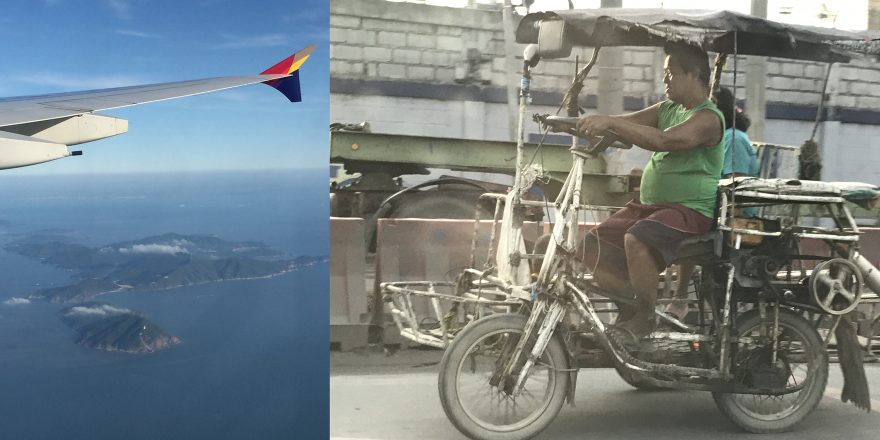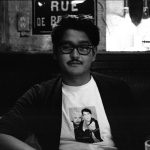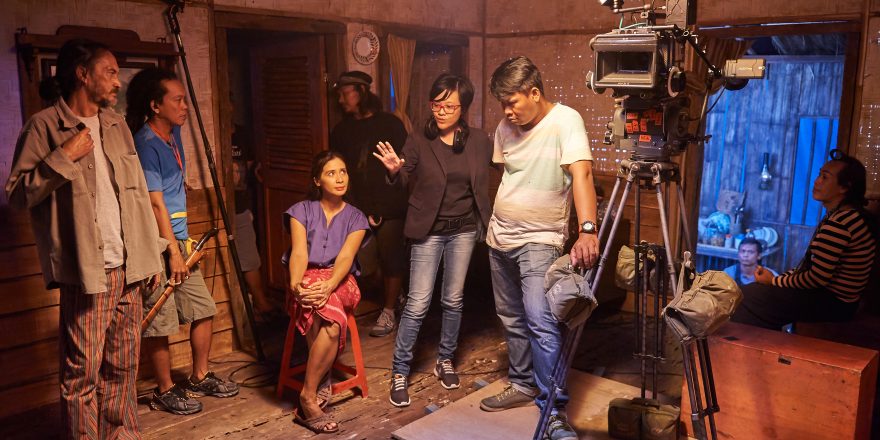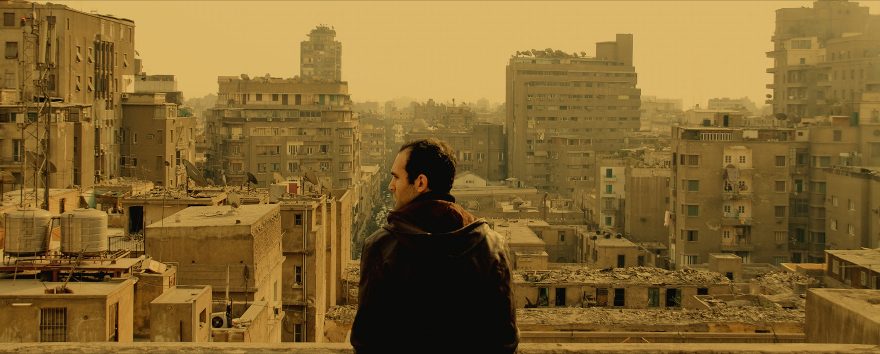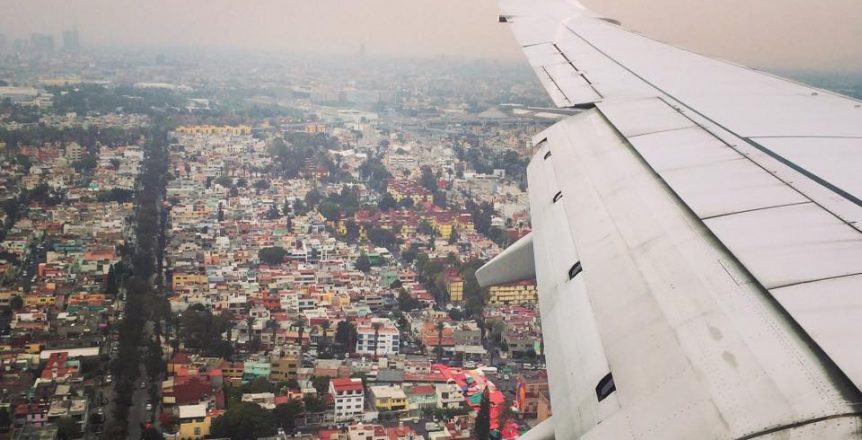The flight from JFK to MNL takes anywhere between 16 and 39 hours depending on your layover, and usually about eight hours after takeoff on the first leg a strange sensation of normalcy sinks in — a feeling that, after you’ve returned from the bathroom, you’re not actually inside a metal tube rocketing at 600 miles per hour over the Pacific Ocean.
It feels remarkably like home, in transit. One of my earliest memories is of being seven years old on a long-haul, double-decker flight to San Francisco, sneaking through the airplane to catch a glimpse of the R-rated flick playing in business class, unable to sleep, daydreaming of what life would be like in America.
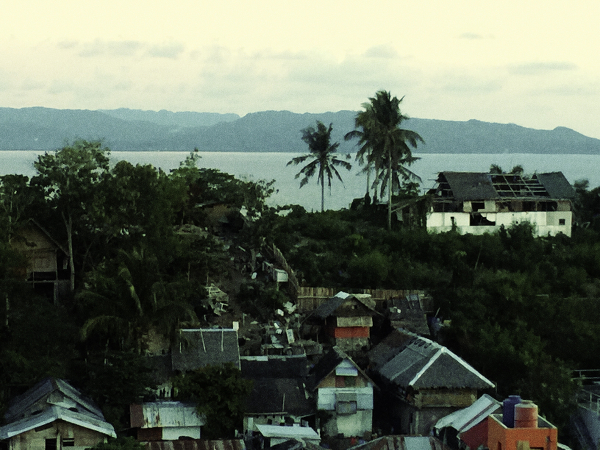
Before then, my home was Project 4 in Quezon City, one of the slummiest parts of Metro Manila. My hobbies included bathing naked in the rain and catching dengue by the river. So imagine the flip when I moved to Long Island: it seemed like walking onto a movie set — maybe E.T. the Extraterrestrial — kids riding on bikes, white picket fences, quiet suburbia. Perhaps the cinematic quality of Western liberal peace is what drove me to movies to begin with.
After 15 years in New York State — four of them at film school — my parents’ graduation gift to me was a trip back to the motherland in 2011, where I rediscovered everything to be much smaller than I remembered. Manila — overcrowded, stuffed with cars, and scorching if not flooded — was nevertheless brimming with life 24 hours a day, a fast-paced fever dream at the bleeding edge of the globalized world. To the north are mountains governed by tribal law; to the south are the more than 7,000 islands that make up the archipelago, and beaches all around. I visited my grandfather in Mindanao and he told me stories of his friend Mayor Rodrigo Duterte and the fearsome vigilante death squads that kept order in his city. This story, and this trip, stuck with me for a very long time, and all I knew was that I wanted to make films in the Philippines someday.
During my postgrad period, I lived in Brooklyn, like every other struggling creative who couldn’t pay rent in Manhattan, shuttling on long train rides to freelance for soulless commercials to earn a little bit of beer money and the scuttled savings that financed my shorts. I ran a production company with my best friends that was more like a commune for our circles — a place where you could create to your heart’s content, where art came first and advertising was just a way to siphon gas. We struggled together and we called it Calavera USA, and we were lucky to have it for five years, before we realized we didn’t want to be producers anymore.
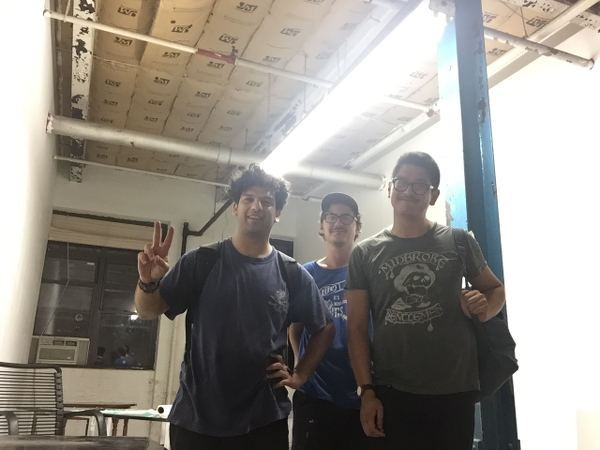
The first thing I did after we closed shop at the beginning of 2015 was buy a ticket to the Philippines with a script. I cold-called every production company and studio I could and flew all over the islands on my own dwindling dime. There were a lot of dead ends: they were only developing Chinese action films, the network didn’t want “smart” content, this studio could barely afford to literally keep the lights on. On the very last day on my three-week jaunt, I took a meeting with a new company who agreed to produce my short Manila Death Squad.
The film, about an American journalist who attempts to score an interview with a deadly vigilante group, was my first time in the director’s chair in four years, and I also took on shooting and editing duties. I had plenty of help on both sides of the world: my co-writer Kent Szlauderbach was a Kansas-born writing major at Columbia, and writer-producer Ria Limjap and acclaimed Filipino director Raya Martin translated and also helped cast our lead actors, Annicka Dolonius and Sid Lucero. Trying to nail down your voice is full of fear and uncertainty, but surrounding yourself with good people takes the terror away.
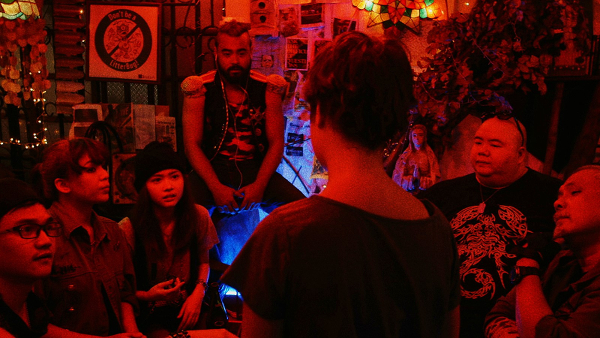
A lot of people ask me how I adapted to working on Filipino film sets, but what I found was that people make movies everywhere in just about the same way. In fact, it was just like making indie films in New York in those Frances Ha years: barely scraping by working long hours, pulling favors and hustling together the set, the shoot days, and the money. Sure, the dollar goes farther and a regular studio day is 28 hours long (not a typo!), but you’ll find the same salty grips, the neurotic production team, the more-than-game actors — all the passionate and delirious creatives you would run into in Bushwick, forming radical art collectives and working tirelessly and pouring every last peso of their savings to realize and record something. But in Manila, where beer is a dollar, as it should be, it’s a lot easier to drink with your friends.
By the time Manila Death Squad was finished, Rodrigo Duterte — the death squad mayor from Davao — had been elected president. I remember reading The New York Times on a flight to Manila just after the election and seeing my grandfather’s story of meeting the man quoted on the front page. In the past two years, I’ve been developing new projects there, including my first feature film, which is set in Northern Luzon, while living the other half of my life in Brooklyn, where I’m working on a Very American TV show and occasionally some of those soulless commercials.
As I shuttle back and forth, losing a day here and gaining a day there, I’ve thought more and more about that place in-between, brimming with tension and connection, floating somewhere in the sky, maybe on a flying chair in an iron bird. From up in the air, it kind of looks the same, and when I’m there I can see America as a foreign country, and I can feel close to the Philippines walking down Broadway.
For now, I’m neither here nor there, but exploring that gap through my films. I like to think that, instead of making windows to either country, I’m building a bridge that you can walk across from both sides, so that maybe you can connect with something you had no idea existed because the culture wasn’t accessible to you. That’s what movies can do, and did for me throughout the years. The world is a smaller place if you’re not afraid of subtitles.


